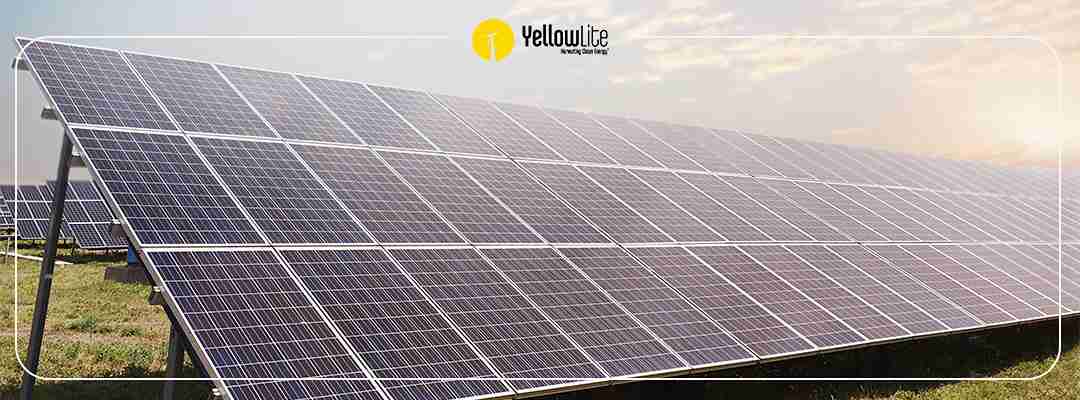How to Measure the Home Equity of a Solar Energy System
A 2015 study by the National Renewable Energy Laboratory (NREL) places a price premium of $3.11 a watt for solar power systems added to residential properties. For those with a typical 8kW system, this means the added resale value to your home is around $24,880.
If you have a 3kW solar array the added value would be 3,000 watts x $3.11 =$9,330. A 5kW solar array would be 5,000 watts x $3.11 = $15,550. An 8kW array would be 8,000 watts x $3.11 = $24,880. And so on when you add solar panels for your home.
A homeowner's payback rate on solar power systems in Ohio (and the surrounding states) from electricity savings and earned SRECs is typically around 10 years. If you decide to sell your home, you will generally be able to fully recoup your investment just from the value added to your house, above and beyond the electricity bill savings you will receive.
What about depreciation? Well, the general rule is taking a cost approach which would value a solar electric system as a 25-year going concern. For every year you have the system, it would be depreciated at around 4% per year. So if you have the system for 10 years you would depreciate it 40%. Here is an example of an 8kW system valued brand-new at $24,880. (The system would be around $20,000 after the 30% Federal Investment Tax Credit, $28,000 before applying the credit):
10 years x 4% depreciation: 40%
Estimated value of the system: $24,880 x 40% depreciation = $9,952 depreciated amount
$24,880 New Price - $9,952 depreciated amount = $14,928 value of the system after 10 years.
Now, after ten years, we estimate that same system will have produced approximately $16,000 in electric bill savings and SRECs. If you combine the electricity bill savings, SRECs, and the equity of the system added to your home upon home sale, a good estimate of your savings and income would be $31,000 on that same $20,000 investment. Of course you will have seriously decreased your carbon footprint and done your part to help preserve our natural environment as well.
The NREL study we are using is called "Selling into the Sun: Price Premium Analysis of a Multi-State Dataset of Solar Homes." The paper analyzed nearly 23,000 sales of homes, of which 2,951 had solar arrays. In total, eight different states were surveyed with sales occurring from 2002 to 2013. The study is the most comprehensive review of residential solar home sale prices to date.
Home values in California were shown to have an increased value per watt of $4.21, whereas the rest of the states in the study show a premium of $3.11 per watt. The cost of living and the price index in California are higher than the rest of the United States so we'll go with the more conservative figure of $3.11 per watt.
Previous studies were limited because of the relative age of the industry and the fact that most early adopters were concentrated in California. This paper looks at states outside of California so you get a more accurate picture of home value.
One of the areas that needs to be addressed as the residential solar market matures is the need for more research on older solar energy systems. Specifically, the study does not provide guidelines for how to depreciate a solar power system as the system ages and new technology comes available.
The previous rule of thumb was that for every $1 you saved off your electricity bill with solar panels, your home equity increased by $20. This was from a study by the Appraisal Journal. However, the study is from 2008 and should be taken with a grain of salt. The solar industry is roughly ten years old and a study from the early days is no longer valid.
There are other considerations to take into account that should be dealt with your realtor when you are assessing your solar energy system value:
- What is the condition of the roof like? A good installer is going to instruct the homeowner to replace the roof at the time of installation if there are any structural issues.
- What is the quality of your system? Premium panels will get a premium return versus standard panels.
- Where is the house located? If your house is located in an active solar market, there will be a higher return versus an installation in an undeveloped market.
Since residential solar is a newer industry, it has only been a recent development to create tools to appraise added home value. In the past, appraisers usually determined the value of a home improvement based on similar properties with like improvements, as well as market conditions. However, if there aren't any solar energy systems in the vicinity, it is difficult to make a comparison.
We can give you good guidelines, but ultimately, you are going to have to talk to your realtor to get the most accurate appraisal value, but these numbers are the most accurate to date to gauge how much more the solar panels for your home increase your home equity. Residential solar panels save money on electricity bills and add value to your house. Solar panels in Ohio are a great investment.



